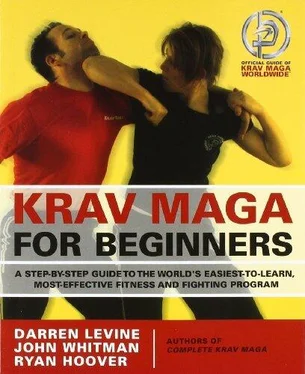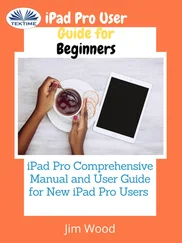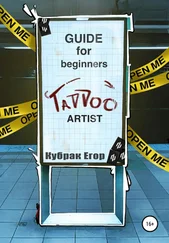In order to cause maximum damage to the attacker and diminish the chances of hand injuries, make impact with the first two knuckles of the fist. Just before impact, rotate the fist to approximately 45 degrees while keeping the wrist straight. In order to minimize the risk of being punched while punching, tuck your chin to your chest, allowing the shoulder of your punching arm to protect your chin and jaw while keeping your non-punching hand high to your face.
If you notice that your elbow is coming up or out with the punch, stand next to a wall while punching. This method with give you instant feedback and help you to correct this problem. Why keep your elbow down on a straight punch? There are several reasons:
• The punch is harder for your opponent to see.
• The punch travels in a straight line, which is the shortest distance to the target.
• The movement lines up the first two knuckles with the target; lifting your elbow causes the weaker pinky side of your fist to travel toward the target, which may result in a “boxer’s fracture.”
1-2Roll your fingers tightly so that there is no space.
3Seal your thumb tightly over your fingers near the first knuckle. Do NOT put your thumb inside your fingers!
Training Tips:You should never keep a tight fist during an entire fight. You will exhaust yourself and clench your arm muscles, which slows you down. Keep your hands fairly loose until the moment of impact. Then, just before contact, you should make your fist as tight as possible. If there is any air or space inside your first, the fingers will collapse. This robs the punch of some power by absorbing the force, and may lead to possible injury. Make your fist like a rock, not a shock absorber!


Starting Position:Left-leg-forward fighting stance.
1Driving with your legs and your core, send your left fist forward.
2As your hips and shoulders rotate, extend your arm for the punch, keeping your elbow down towards the floor. This increases power and reach.
3Traveling on the same line, recoil your hand and body quickly back to starting position. This protects your head and prepares you for subsequent punches.
To make a Right Straight Punch, follow the same procedure with your right hand. For most of us, the right hand will be the rear hand and will have more power because the rear hip can pivot forward more powerfully.
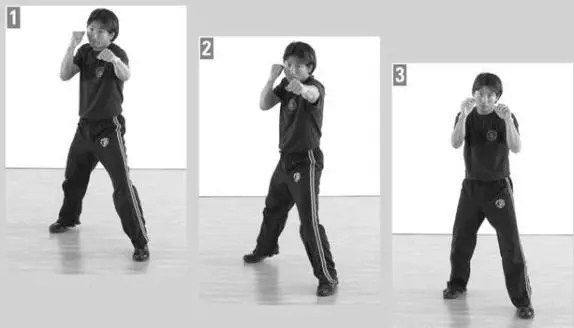
Straight Punch with Advance
You can make any straight punch while advancing to cover distance. Begin practicing with a forward hand, then try other punches while advancing.
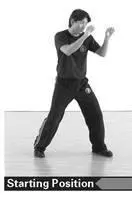
Starting Position:Left-leg-forward fighting stance.
1Driving with your legs and keeping your elbow down as long as possible, extend your left fist forward. As your hand travels out, rotate your shoulder and hip forward to add power.
2Immediately burst in with an advance, pushing off with your right foot and moving forward with your left foot. As the punch lands, close the distance by bringing your right foot forward.
Training Tips:Many beginners have trouble with advancing punches because Krav Maga places a lot of emphasis on the weapon being the first thing to move. In other words, we DON’T want you to burst forward and then punch, because you would be making a big body movement (that the opponent can see) without your hand traveling at all. You will speed up your training if you understand that the punch doesn’t have to be a movement that is way out in front of the body. It just has to precede the body movement enough so that, by the time your opponent sees your body move, the punch is at least a little closer to the target.
The very best method for learning this technique is with a very small advance. Start with the target just barely out of your reach so that you only need to burst forward a little bit to reach it. Practice the advance at this range until you feel comfortable, then slowly increase the distance. You should never make the distance too great. Remember, at a certain distance, you should be kicking rather than punching… and at an even greater distance, you should probably be looking for a weapon, instead of a punch, to hit him with.

A straight punch can be delivered low—to the midsection or even to the groin.
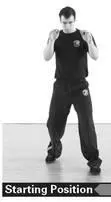
Starting Position:Left-leg-forward fighting stance.
1-2Extend your right fist forward, sending your fist low while dropping your body by bending at the waist and knees. Do not leave your head up while punching down—this would leave you too exposed. Do not simply drop your body down before sending the punch—this telegraphs the movement. As you drop your head down, move it slightly to the side so that you are not in line with his punches. Be sure to recoil your punch!
Training Tips:Straight punches to the body definitely have their pros and cons. On the one hand, they can be a big surprise for an opponent who is worried mostly about protecting his face and head. On the other, many opponents can absorb a body shot better than they can absorb a punch to the face (unless you hit the solar plexus or liver), so you may not do as much damage. If the fight lasts more than a few seconds, the investment may be worth the risk. Changing heights and targets can confuse the opponent and make him worry about many things at once. The bottom line is this: If you’re going to try a low straight punch, be sure you follow the directions here, keep your chin tucked, and take your head off line.
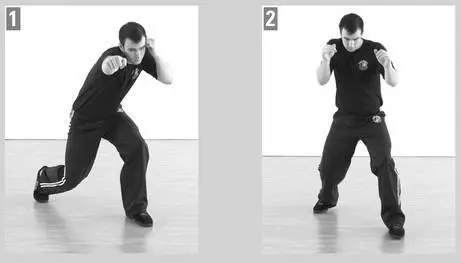
The mechanics of a palm heel strike are the same as a straight punch; all that changes is the striking surface. The comments below apply to either a forward- or rear-hand punch.

Starting Position:Left-leg-forward fighting stance.
1Extend your right hand forward, keeping your elbow down as long as possible, and drive with your legs. As your hand travels out, rotate your shoulder and hip forward to add power. Pivot on your back foot.
2As your hand is about to strike the target, flex your wrist backward, open your hand, and curl your fingers slightly, making contact with the hard surface at the base of your hand. Rotate your wrist inward as you strike—this adds extra power and helps protect your wrist.
Читать дальше
